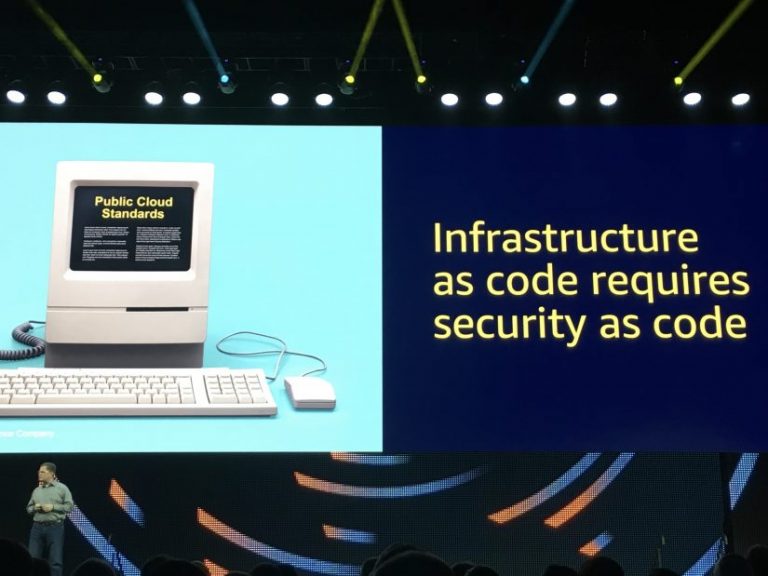Last month, as an AWS APN Global Ambassador, I was privileged to attend the first Ambassador global meet up in Seattle. One of the deep dive sessions was on AWS Outposts. This service was announced as under development at re:Invent 2018. This radical new solution brings the AWS experience to you own data centre in the shape of a physical rack of infrastructure that you host in your own data centre.
Wait? Hardware?
One of the main drivers for an adoption of the AWS Cloud is stepping away from worrying about data centres, hardware, cabling, cooling etc. but Outposts is a hardware solution? Why would I want that?
What if you have a need for a low latency processing solution such as a manufacturing control system? In that scenario, it may seem like you need to keep managing hardware. AWS Outposts may be your answer.
What is AWS Outposts?
Outposts effectively brings the AWS Cloud capabilities to your data centre. It is a fully managed rack of hardware that provides pre-configured compute, storage and network, using the same hardware as used in AWS’s data centres. Outposts comes loaded with a variety of AWS Cloud native services such as VPC, EC2, RDS, ALB, ECS, EKS and EMR. It is supported by the standard AWS tools, including CloudWatch, CloudTrail and CloudFormation.
AWS manages the hardware and software in the Outposts rack, just the same as they do in their regions. As a customer, you then treat it like any other AWS environment, interacting via the same APIs.
Why do I need AWS Outposts?
AWS Outposts is very much applicable to customers that expect to retain a hybrid Cloud architecture for an indefinite period. There are some services that need to be close to their source data or environment due to latency or local processing requirements. In these situations, it can be frustrating and expensive to have to maintain not only hardware but two operating model, two security models, varying levels of automation capability and disparate roadmaps.
The Outposts solutions effectively extends the Cloud native model to on-premises. It’s a huge signal of intent by AWS to own the end to end Enterprise environment for IaaS, all managed through the public Cloud.
What does it mean for me?
For those organisations that aren’t able to completely exit the data centre, Outposts brings the native Cloud capabilities of AWS to the data centre. Now you can manage your on-premises environment automatically through code using the same tools that you are using for the public Cloud.
At the same time, you still don’t need to continue to manage hardware. AWS has had the shared responsibility model for a while where they take care of the data centre, hardware, network and the security of the Cloud. As a customer you are responsible for the configuration and security in the Cloud – the operating system, your applications, how you use the AWS services.
With Outposts, AWS still manages the hardware in the Outposts rack. The difference here is that the customer need to ensure the rack has appropriate power, cooling and network connectivity for management and to upstream/downstream services.
How do I get started?
Outposts is expected to be generally available soon. Once it is, you can order it direct from the console in a number of different sizes! AWS will perform a site survey in preparation for shipping the rack. Once it has been installed and is online, you can immediately manage it like any other AWS environment using your existing processes, tools and automation.
If you have a use case for such a solution, contact RedBear and we can help you understand how Outposts can enable your hybrid Cloud environment.


